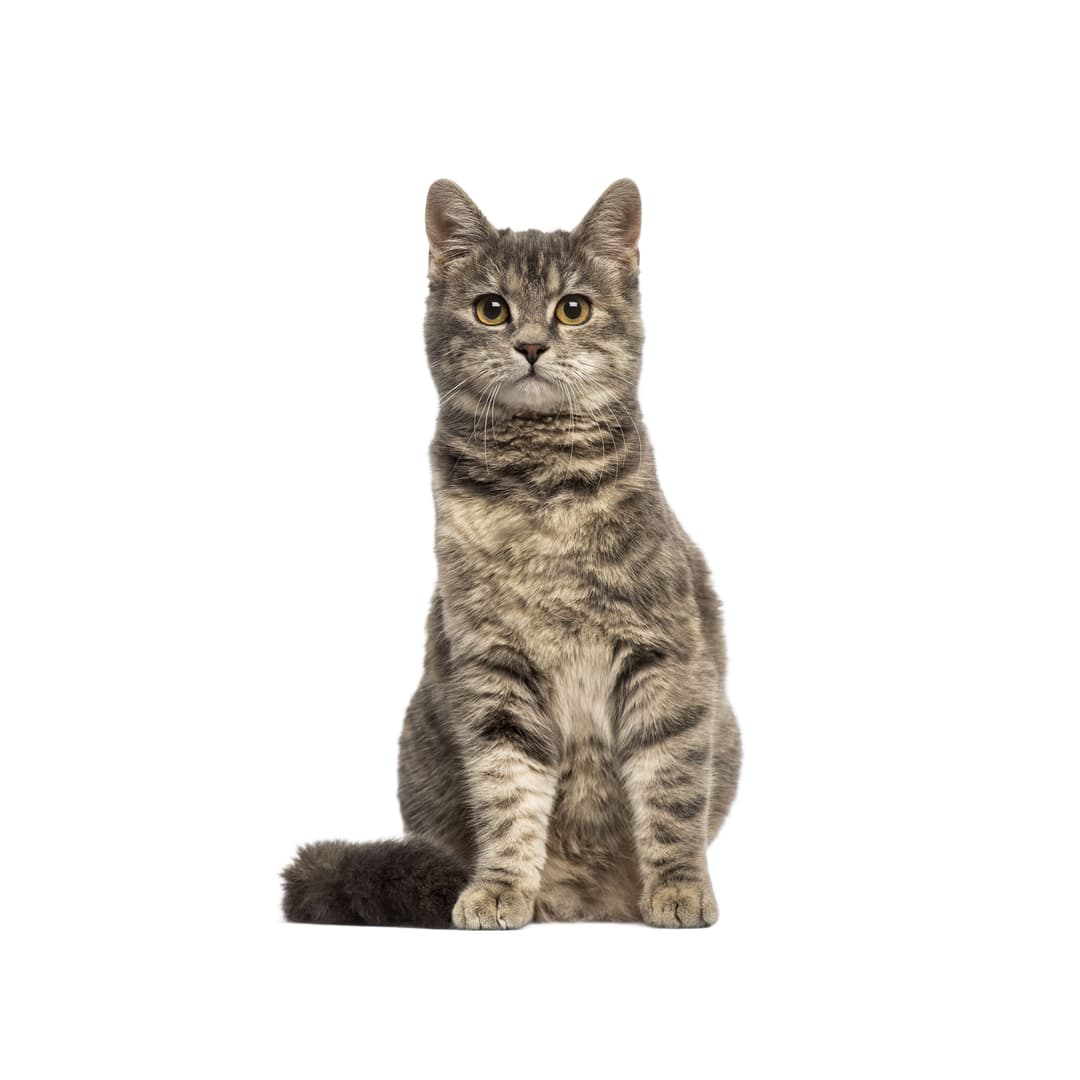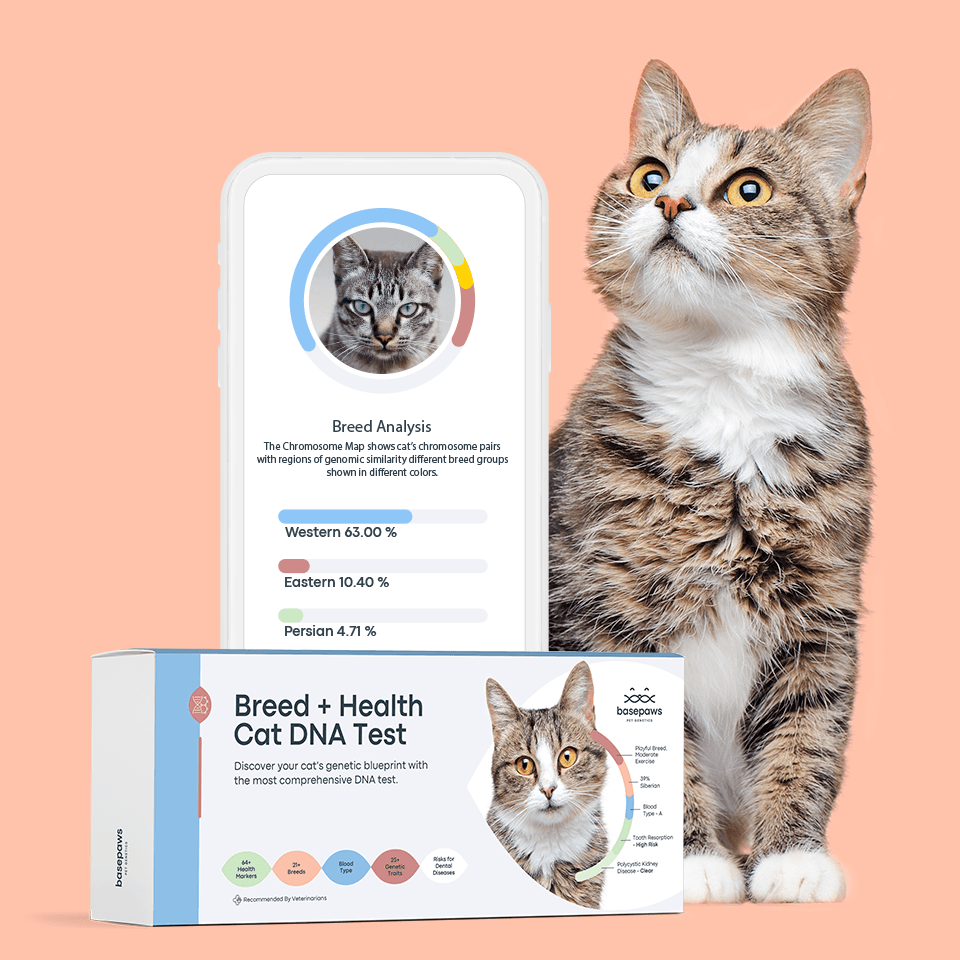Discover your cat's connection to this breed and 20 others


Discover your cat's connection to this breed and 20 others



The European Shorthair is said to be the "original" housecat. Previously known as the Celtic Shorthair (now its own breed), this affectionate and sweet-natured cat has roots that trace back to ancient Rome. A popular breed throughout Europe and other parts of the world that comes in all colors and patterns, the European Shorthair is sure to bring joy to any home.
The European Shorthair is characterized by a strong, rounded body, large head and slightly rounded medium-sized ears that sometimes sport little tufts of hair. Their shorter locks are graced by a wide variety of coat colors and patterns, and their eyes can display an equally varied color palette.
Though pedigreed European Shorthairs were developed in Sweden, the breed was apparently popular with Roman troops who brought their feline companions with them as they traveled. Their primary job was to hunt rodents and other small prey that were nuisances to humans, but engaging pastimes for cats. The breed moved across parts of Europe and remains very popular throughout Scandinavia and other parts of Europe.
This big-hearted furry feline is a great addition to households with children and most dogs, though they can be very territorial with other cats. Known as cuddly lap cats, these affection companions will keep you in cozy company all year-round. These cats had to adapt quickly to new environments as they roved with the Romans from camp to camp, and this trait has remained in the modern-day European Shorthairs of the day who are known to make ideal pets in many different situations. These highly intelligent cats love to play and engage in physical activity, so you'll want to keep your kitty entertained with lots of toys to 'catify' and enrich their environment.
The European Shorthair is known as a generally healthy breed with no tightly associated genetic health conditions. They can sometimes make them prone to obesity, so as with any breed it is important that they have ample opportunity for exercise and play, as well as an appropriate diet that supports an individual cat's caloric needs. They do like to keep up appearances, and do this with great dedication to self-grooming. They like to keep their coats soft and shiny, but will still need some support from their humans with dental cleanings, brushing, and claw trimming.
Distinct from the British Shorthair. At one time, the British Shorthair was known as the European Shorthair, which caused confusion since they are distinctly different breeds.
They are the national cat of Finland.
An article in the scientific publication Genomics indicates that cats in North America were closely linked to those in Europe, which connects to theories that the European domestic housecat traveled the high seas with Europeans who chose to settle in North America.
Hill's Pets "European Shorthair Cat Breed: Facts and Personality Traits"
Recommended by top vets with decades of experience
21 breeds
64 genetic health markers
50 genetic trait markers
